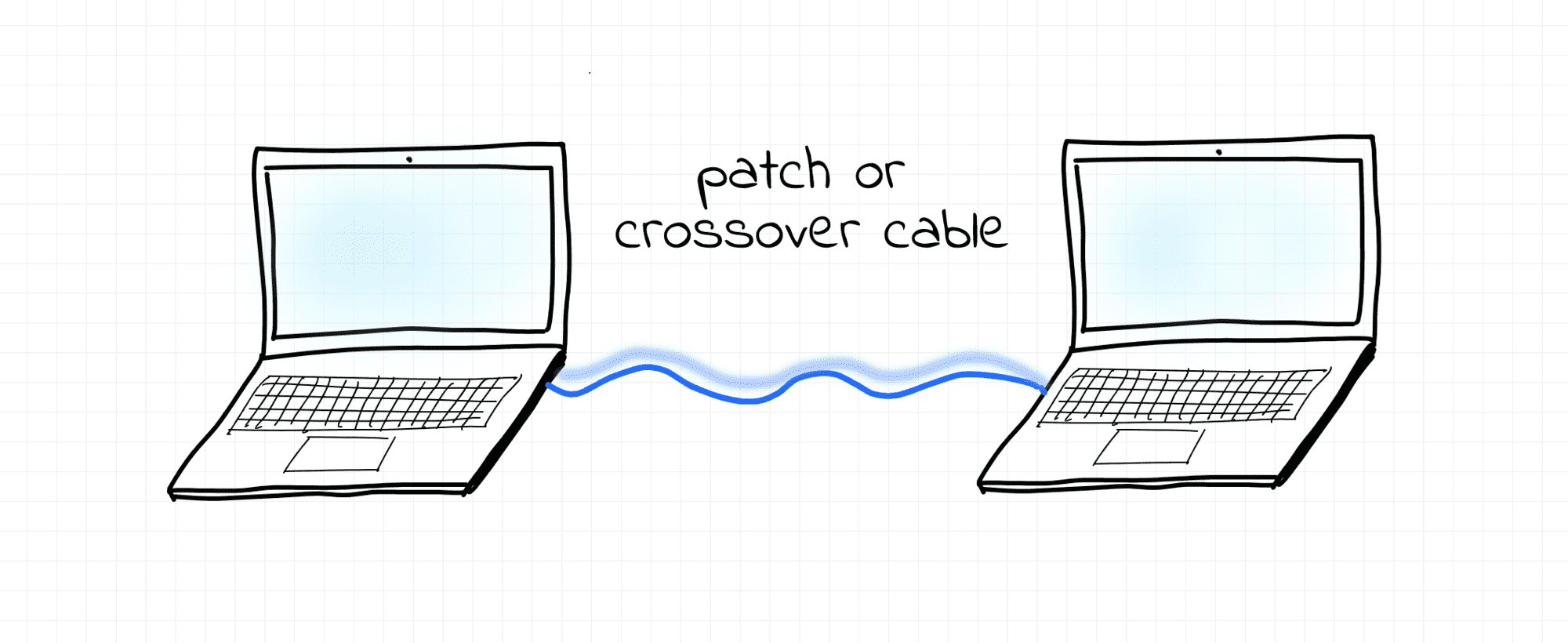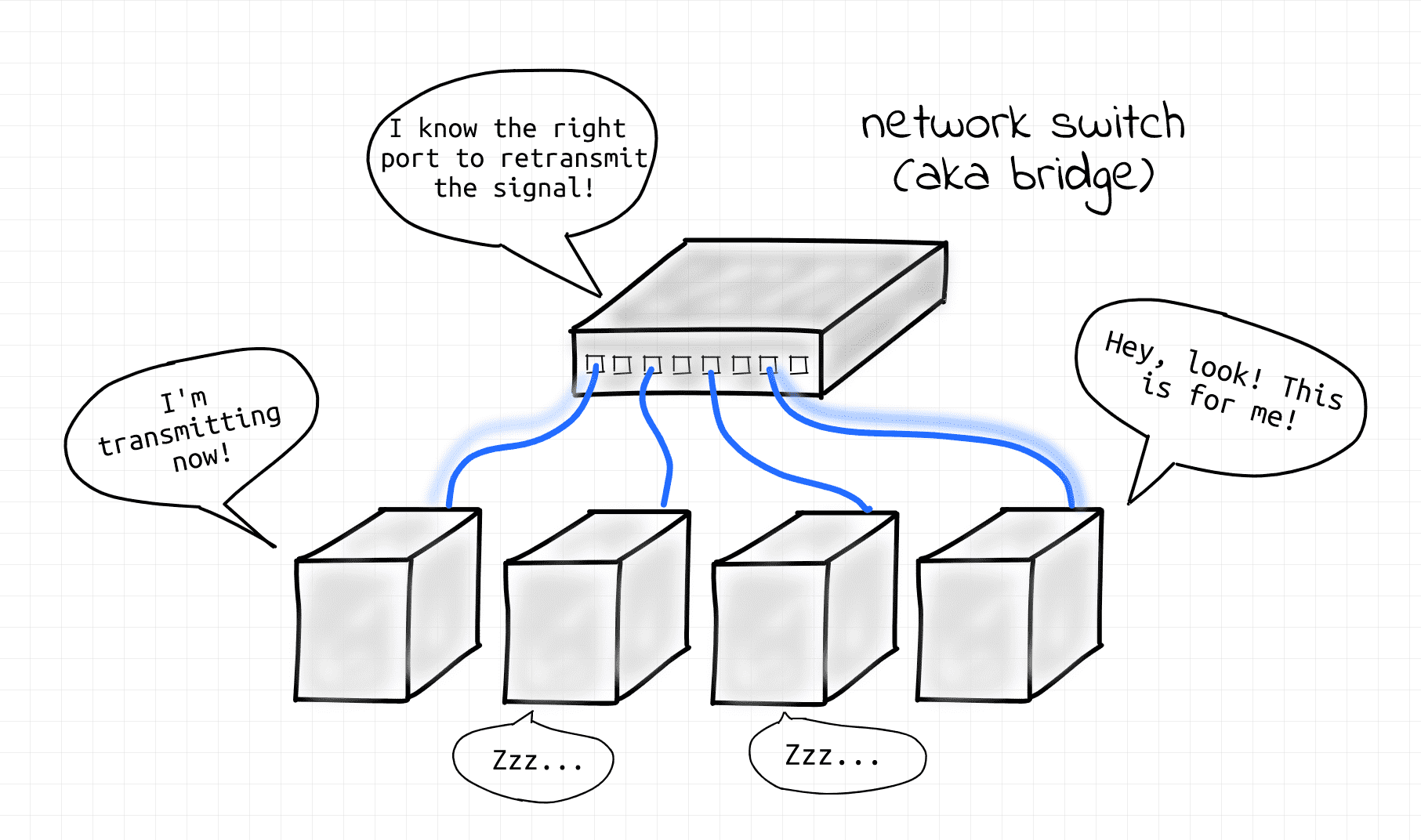What is a LAN?
LAN (Local Area Network) - [broadly] a computer network that interconnects computers within a limited area such as a residence, school, office building, or data center. A LAN is not limited to a single IP subnetwork. Like a Wide area network (WAN), a LAN can consist of multiple IP networks communicating via routers. The main determinant of a LAN is the locality (i.e. proximity) of the participants, not the L3 topology.
Whats is a Network Link?
Network link - a physical and logical network component used to interconnect any kind of nodes in the network. All nodes of a single network link use the same link-layer protocol.
Examples:
- A group of computers connected to a network switch (Ethernet)
- A set of smartphones connected to a Wi-Fi access point (non-Ethernet)
- Etc.
What is an L1 Segment?
L1 segment (aka physical segment, aka Ethernet segment) - a network segment formed by an electrical (or optical) connection between networked devices using a shared medium. Nodes on a single L1 segment have a common physical layer.
The simplest example of the contemporary L1 segment is a point-to-point connection between two end-nodes via a patch or crossover cable.

The most typical occurrence of L1 segment today, though, are the links between servers and the corresponding top-of-rack switch in a data center:

Blue lines are the L1 segments.